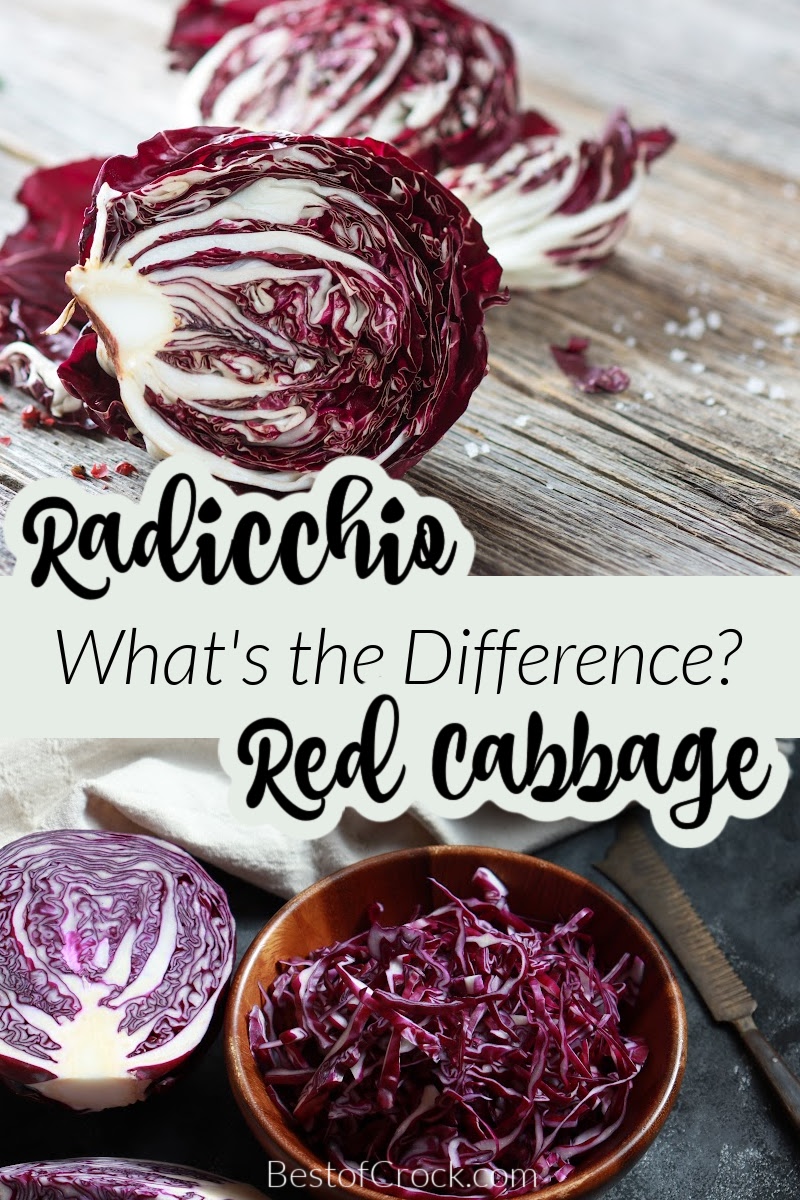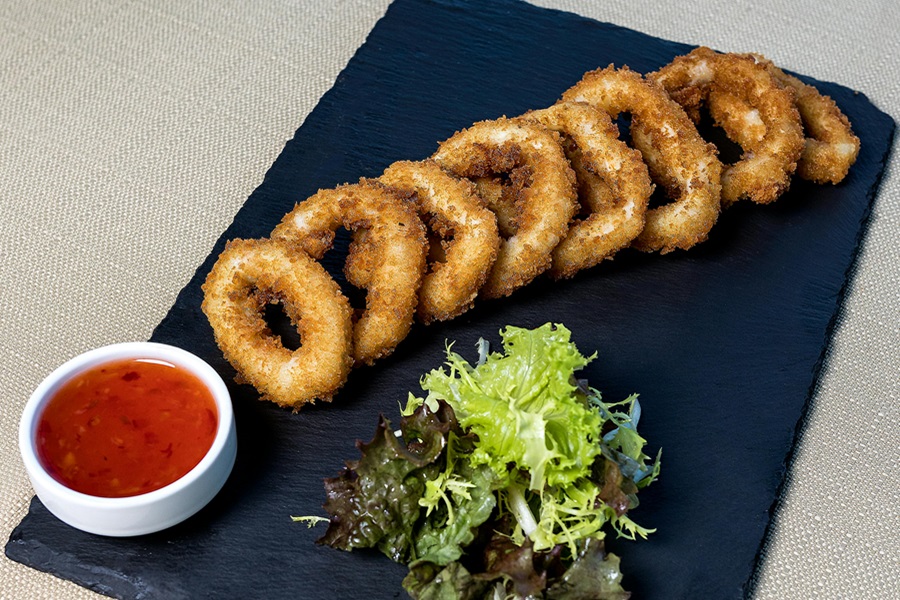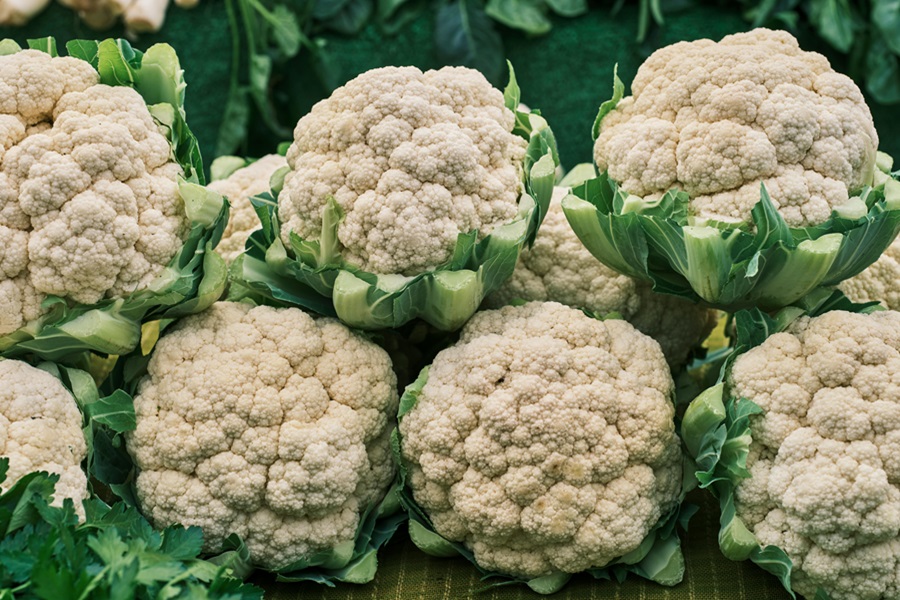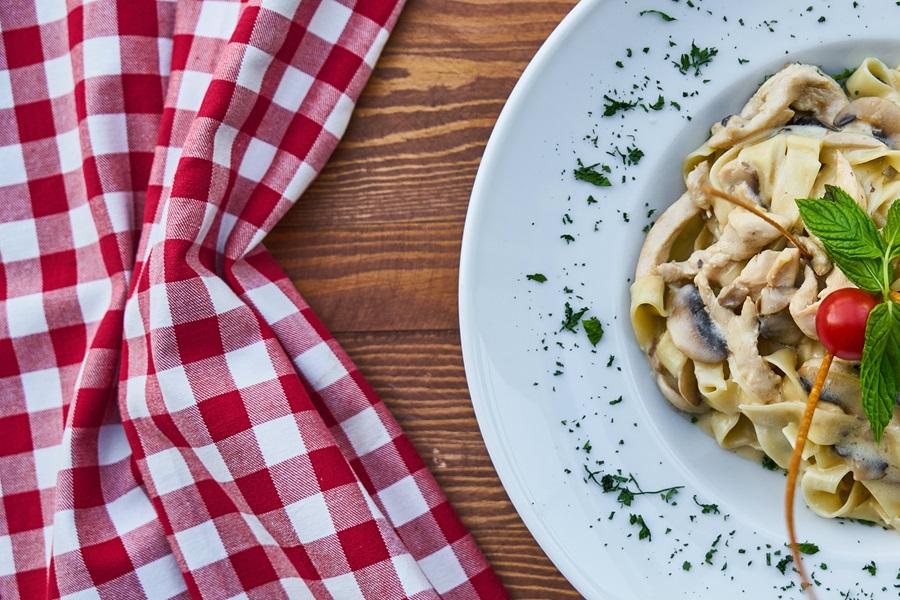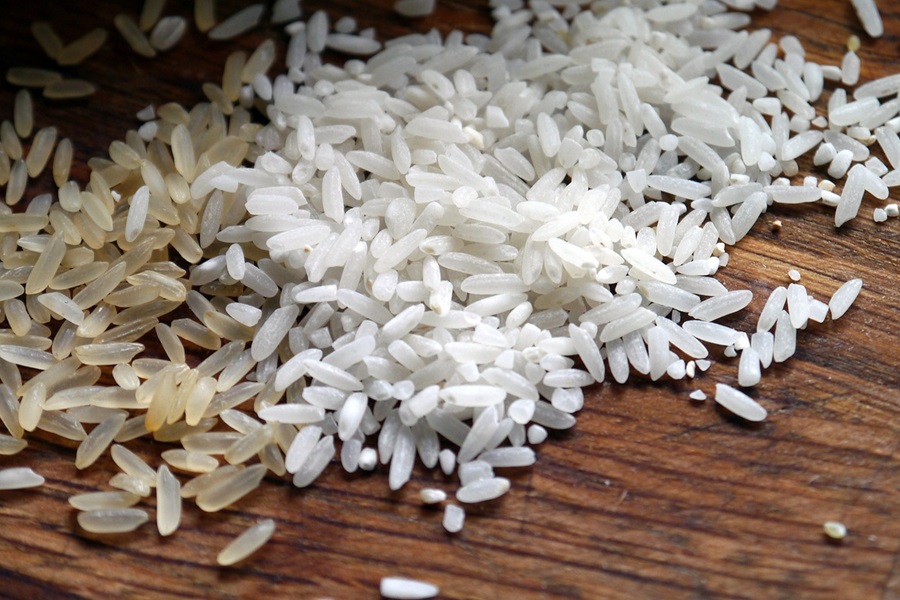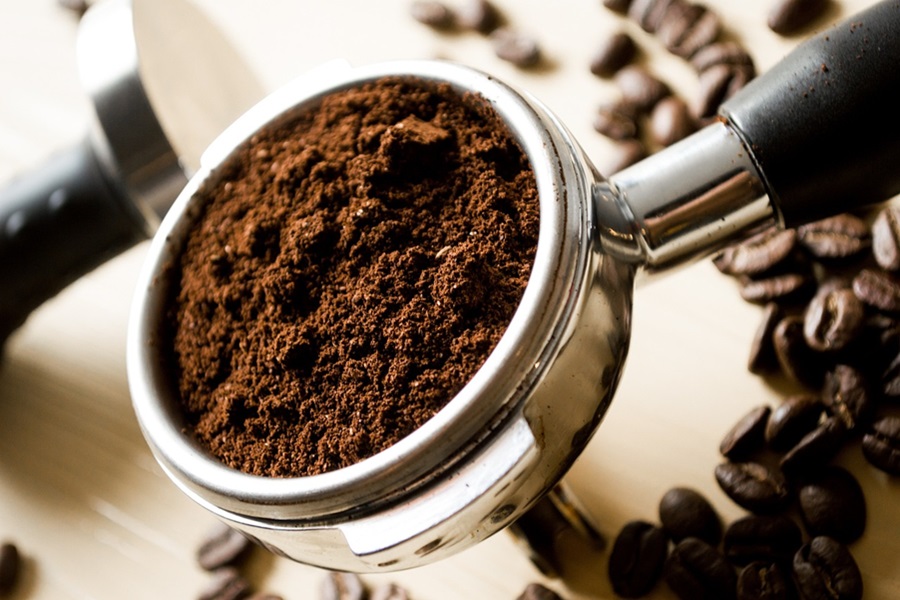Radicchio vs Red Cabbage – Cooking and Health Tips to Know
Radicchio vs red cabbage is only necessary because they look so similar. However, they are from two completely different families of vegetables. The question is, are they similar enough to be interchangeable?
Knowing the differences between radicchio vs red cabbage can help you when shopping and preparing home-cooked meals with leafy vegetables. Everyone knows what cabbage looks like when talking about green cabbage.
Green cabbage is the most common type of cabbage in the States. However, you may be surprised to find out that Brussels sprouts, kale, and pak choi are also different types of cabbage.
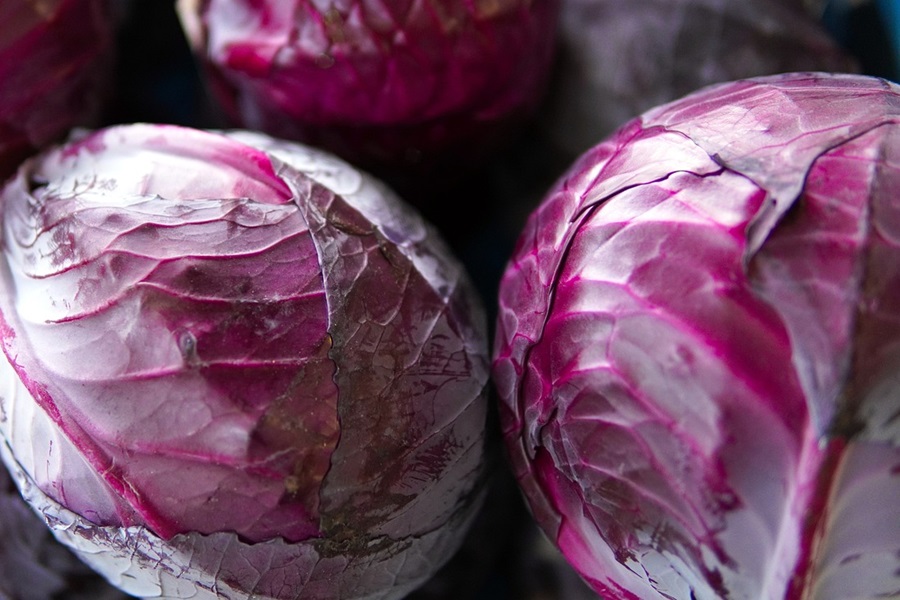
Most of these cabbage options are easy to discern because they look different. A bundle of kale looks nothing like a head of green cabbage. But then we have radicchio, which looks an awful lot like red cabbage.
These two types of leafy greens can easily be discerned when looking at them side by side. However, things get more challenging when they are not beside each other. They both have a reddish, almost purple color to them.
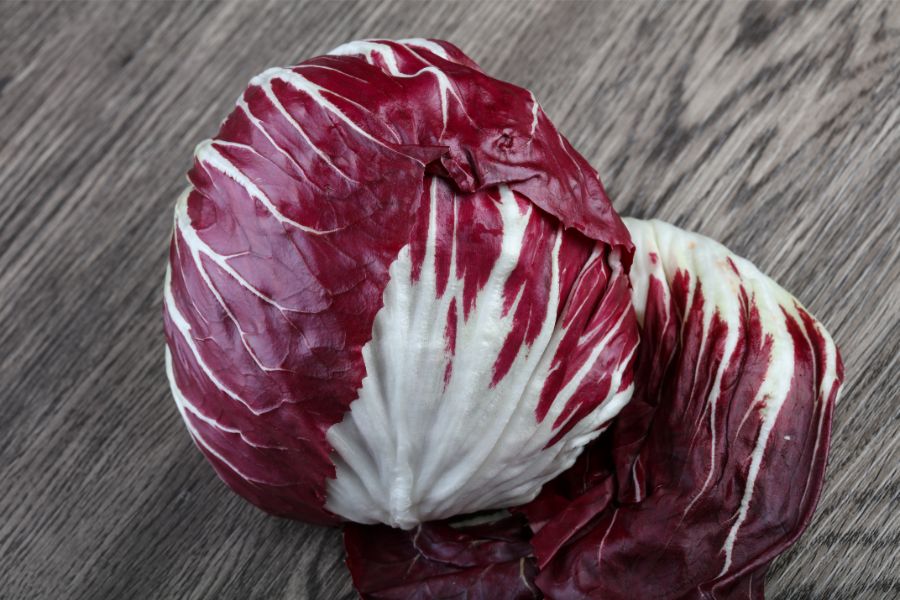
They have a similar round shape and similar textures when raw. But they are not the same, not in the slightest. We may find recipes that call for red cabbage and then grab radicchio instead.
The end results will be different enough to notice that something is wrong. You may not be able to pinpoint that it’s the wrong leafy veggie, but more than likely, it’s the wrong leafy veggie that caused the difference.
Luckily, learning the difference between radicchio vs red cabbage is easier than you may think.
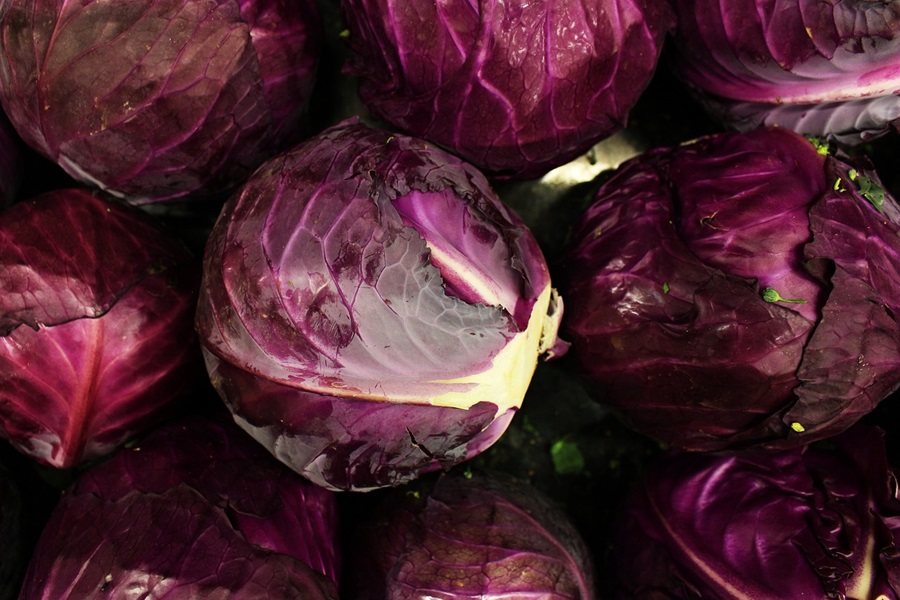
Radicchio vs Red Cabbage – Cooking and Health Tips to Know
You can quickly tell the difference between these two leafy veggies when they sit side by side. Just remember, they are each a different leafy vegetable. One is a deeper reddish purple, and the other is a brighter, more purple color.
In fact, red cabbage, or purple cabbage, is the type of cabbage you will find in the US more often than radicchio. But the darker colors are not what to look for when spotting the differences separately.
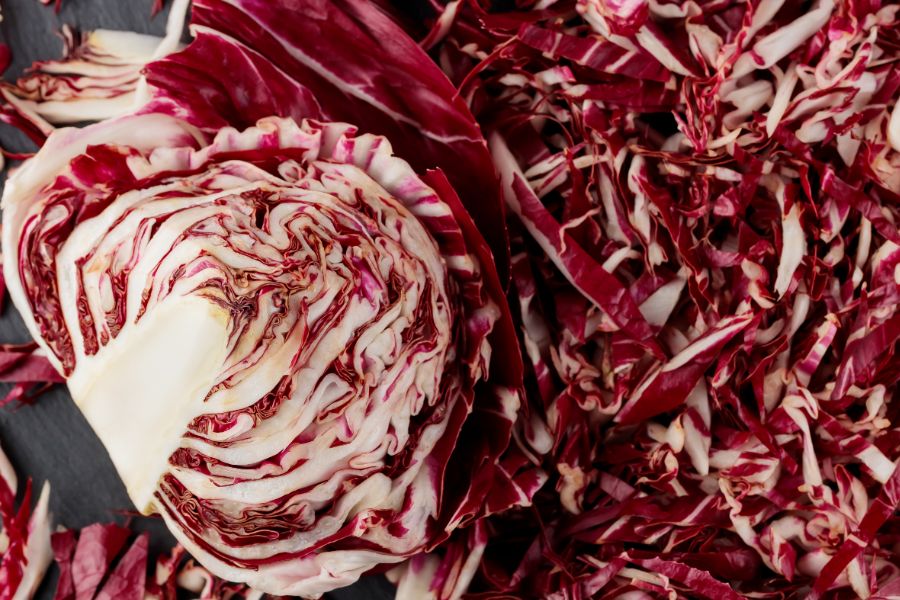
For example, radicchio has many more white veins running through each leaf. The veins on red cabbage are red, just like the red leaves. Red cabbage does have some whiteness on it.
This is usually just dryness that gives off a whiter appearance over the purple color. This is how you visually tell the difference between the two—white veins equal radicchio, and red veins equal red cabbage.
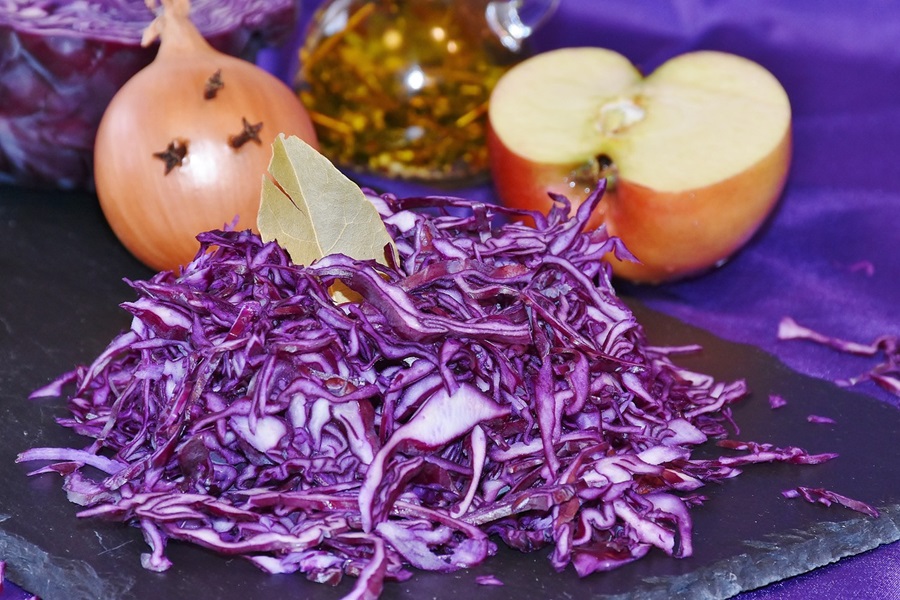
Now you know what to look for in your local grocery stores. Side note: red cabbage is what we will be discussing, even though it is purple—just another one of those Arkansas/Kansas things.
Let’s not even start on the red onion. We will just find common ground and say it has reddish-purple leaves.
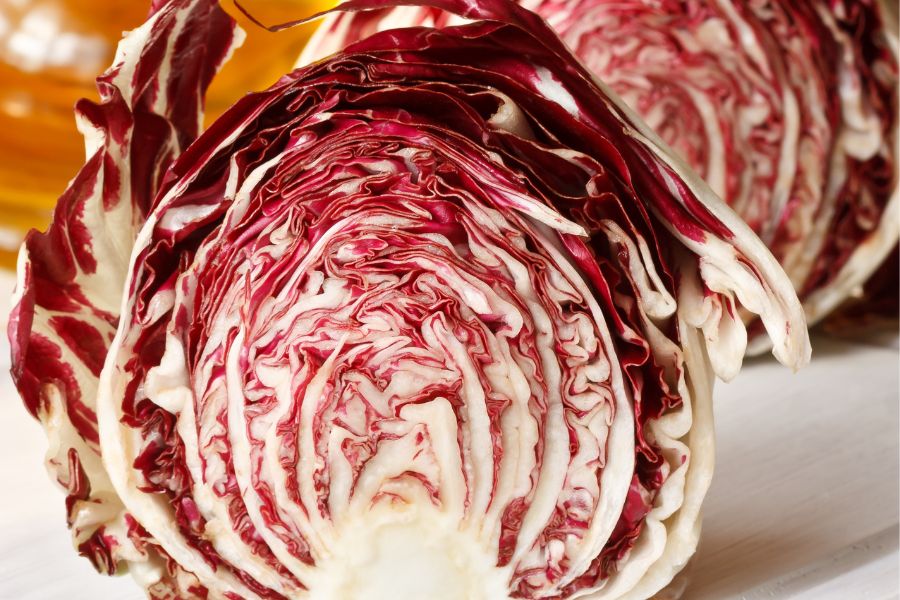
Health Benefits of Radicchio
Radicchio is a leafy veggie that is rich in vitamin K, C, B6, E, calcium, magnesium, zinc, copper, iron, potassium, phosphorus, and selenium. It’s almost like a multivitamin at this point.
People use radicchio to help with cognitive health in older people, heart health for all ages, healthy bones, and digestive health. Radicchio also provides plenty of dietary fiber, which is always good.
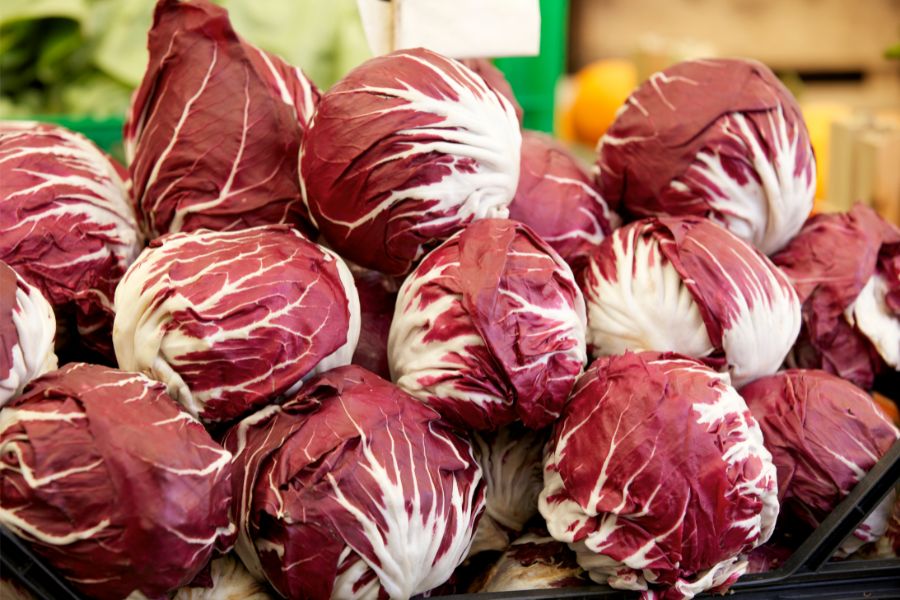
The nutritional value is off the charts with radicchio, and the vibrant color makes it easier for families to use more often. People can also use radicchio to help fight against free radicals in the body.
Ultimately, radicchio is a healthy option we all should enjoy more often.
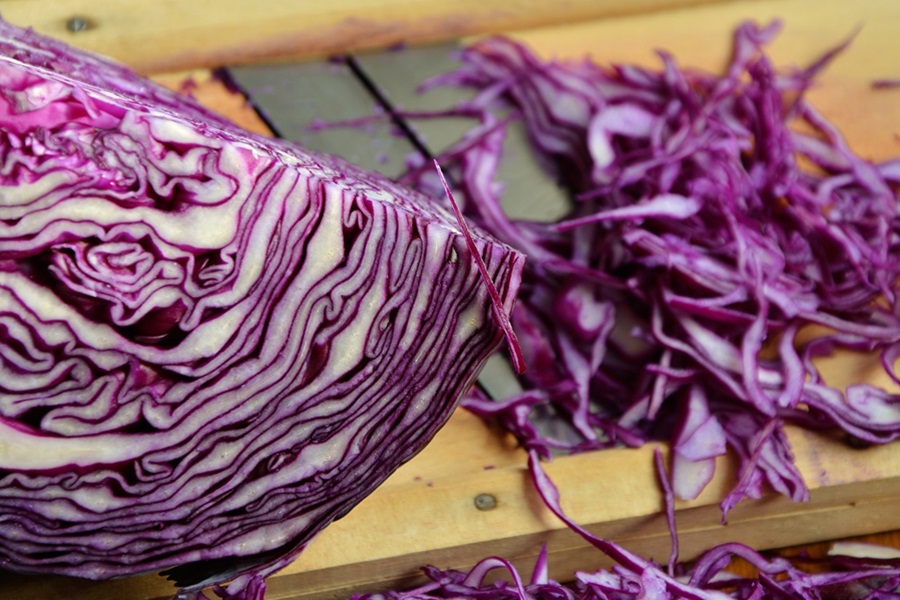
Health Benefits of Red Cabbage
Red cabbage is nothing to squawk at, either. You will find Vitamin C, K, B6, A, potassium, thiamine, riboflavin, and fiber in red cabbage. Sound familiar? People use cabbage for its anti-inflammatory properties.
But also to help promote heart and bone health and even help protect against cancer. Regarding sheer vitamin and mineral content, radicchio is bringing the heat. But both red cabbage and radicchio are healthy options that should be enjoyed more often.
The nutritional is comparable between radicchio vs red cabbage. But there are still, some differences that could make you pick one over the other.

Radicchio Flavor
The biggest differences between radicchio and red cabbage are taste and texture. Radicchio has a more bitter taste. That bitter flavor is often described as a spicy bitterness.
Radicchio is often served raw in Italian cuisine; it is considered an Italian chicory. But there are plenty of culinary uses for radicchio. You will find radicchio in salads as well in the United States.
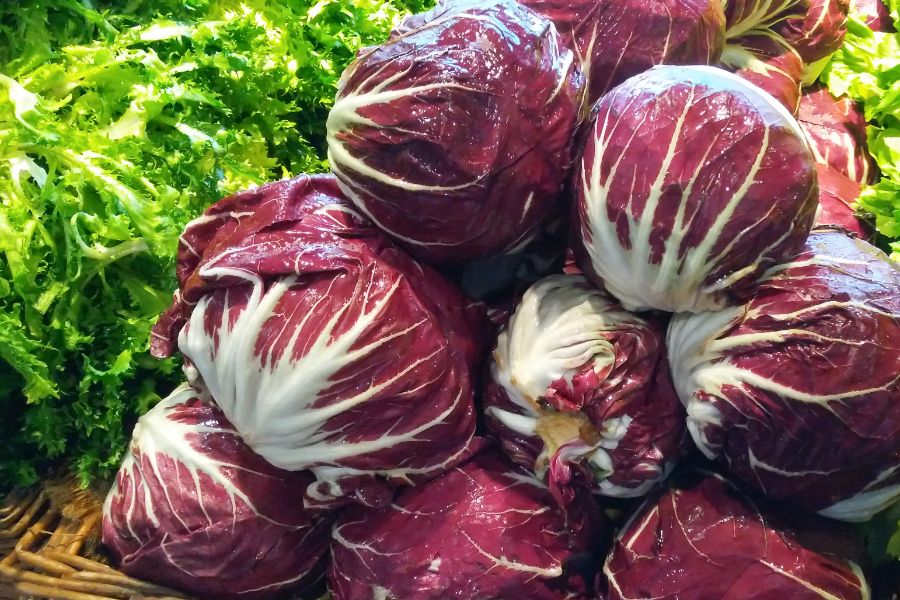
However, Italians also cook radicchio for pasta dishes. Cooking radicchio gives it a slightly bitter taste, cooking much of the bitterness of radicchio off. The vibrant color will remain, but the texture will be different.
Radicchio has a chewy texture, which is enhanced when it is cooked. Though, you won’t find many recipes that call for cooked radicchio. You’re more likely to find pickled radicchio on the ingredients list. Everyone loves that crunchy texture.
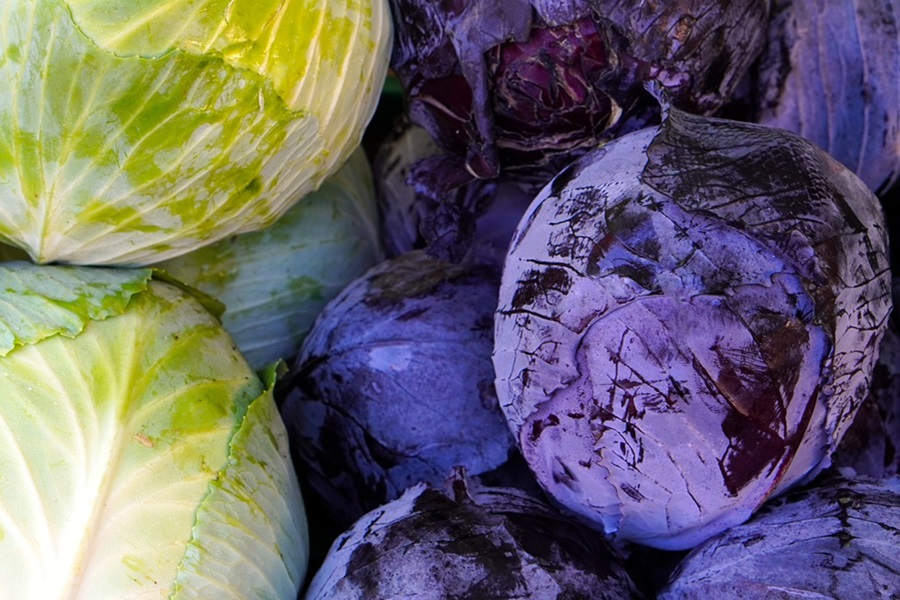
Red Cabbage Flavor
Red cabbage has a very different taste when compared to radicchio. There is a slight bitterness to red cabbage, but it is a sweeter bitterness. Red cabbage is more common in the US than anywhere else.
But that doesn’t mean we don’t have many different ways to use it. For example, people often make red cabbage salad or a coleslaw recipe. The nutritional value makes it worth adding to as many things as possible.

Red cabbage is also pickled more often because it enhances the sweet, bitter taste and makes it far more pronounced. Ultimately, these different vegetables have different tastes and textures.
But they can be used in similar recipes, just for different reasons. Take the salad as an example. You can add in radicchio to up the bitterness and red cabbage to up the texture.
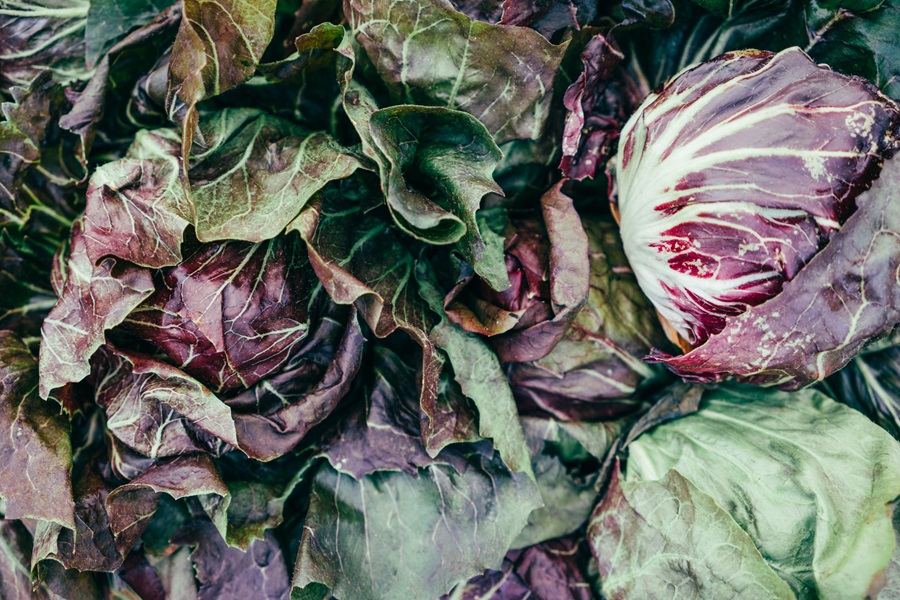
Tips for Buying Radicchio vs Red Cabbage
Buying any type of produce requires a bit of knowledge. Mostly, we want to know if the produce we’re grabbing is ripe enough. But we have different goals when shopping for radicchio and red cabbage.
Red cabbage should be firm and heavy. This means the cabbage is dense on the inside, with plenty of leaves for you to enjoy. Radicchio is more visual. You want to find the heads of radicchio that are deeper in color, indicating ripeness and flavor.
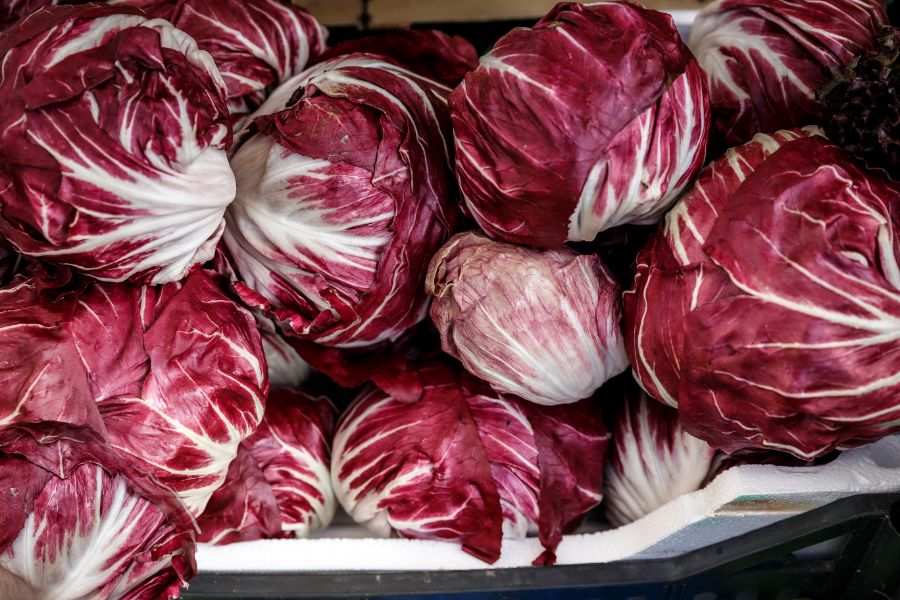
Radicchio vs red cabbage also means price comparisons. Red cabbage is generally cheaper because it is easier to grow and has a longer shelf life. Radicchio is more expensive because it requires specific growing conditions.
It also doesn’t last as long on the shelf.
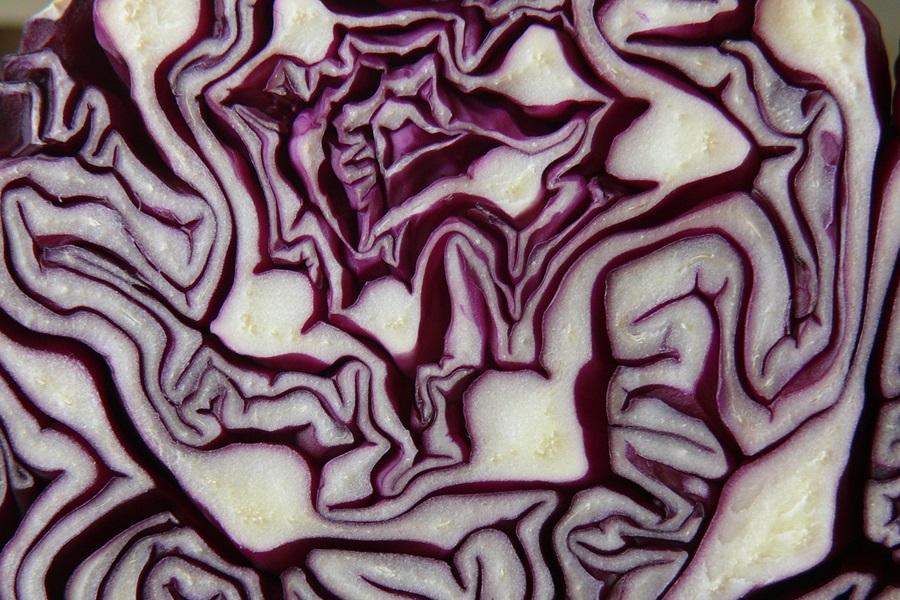
Tips for Storing Red Cabbage
You just got a delicious head of red cabbage and brought it home; now what? It is essential to store any produce, including red cabbage, properly. Doing so will extend the shelf life, protect the flavor, and keep the nutrients intact.
We want to ensure red cabbage remains a healthy option, which means proper storage. The most important thing to avoid is washing the red cabbage. Moisture will lead to spoilage while it is stored.
Just shake any loose dirt off the red cabbage before putting it in an airtight plastic bag, container, or glass jar. Then, place the red cabbage in the fridge. A head of red cabbage will last 10 days in these conditions.

Tips for Storing Radicchio
One of the last most significant differences between radicchio vs red cabbage is storage. Red cabbage needs a bit of air, but not much. It also needs to be dry and cold. Radicchio doesn’t need as many precautions.
You can simply put radicchio in a plastic bag and then in your vegetable drawer in the fridge. However, radicchio doesn’t have as long of a shelf life as red cabbage. You will only get about a week from the radicchio in the fridge.
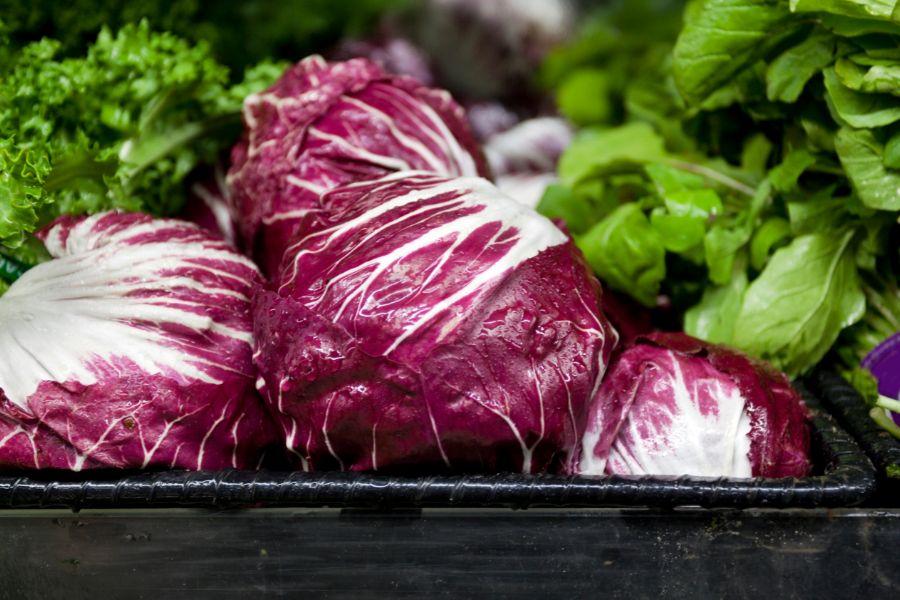
There are some times when it will last longer; you just need to use your best judgment. There is no real tip for knowing when radicchio has gone bad. You should be able to just look at it and know due to the wilting of the leaves.
There may also be a smell that could indicate it has gone bad. But hopefully, the radicchio didn’t sit in your fridge long enough to make a smell.
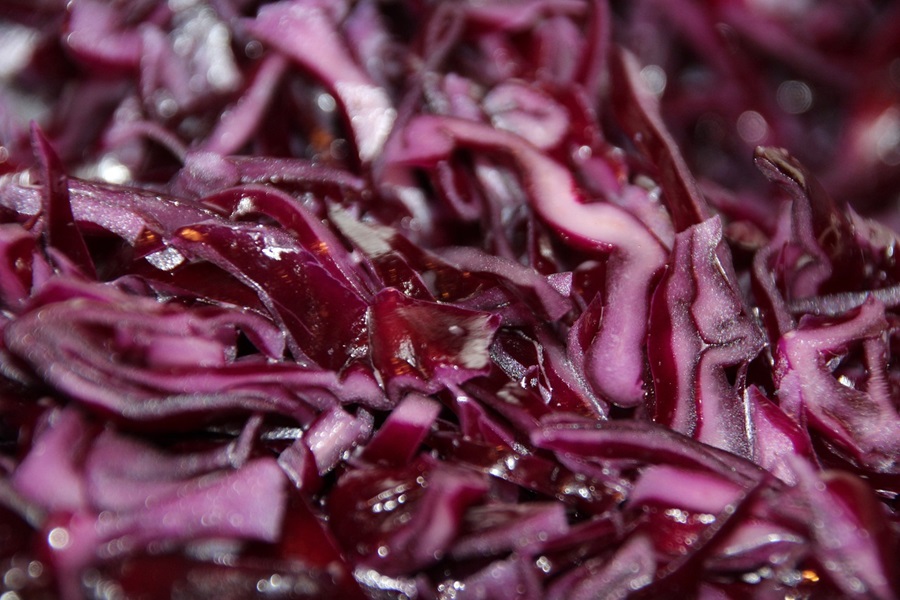
Choosing Between Radicchio and Cabbage
These two leafy vegetables are not as different as you may have thought. They are similar in appearance and uses. But they offer different flavors and textures to any dish they grace with their presence.
Sure, you can interchange them in salads and cold dishes. Salads are often enjoyed for their nutritional value. Since radicchio and cabbage have similar vitamins and minerals, they can be interchanged.
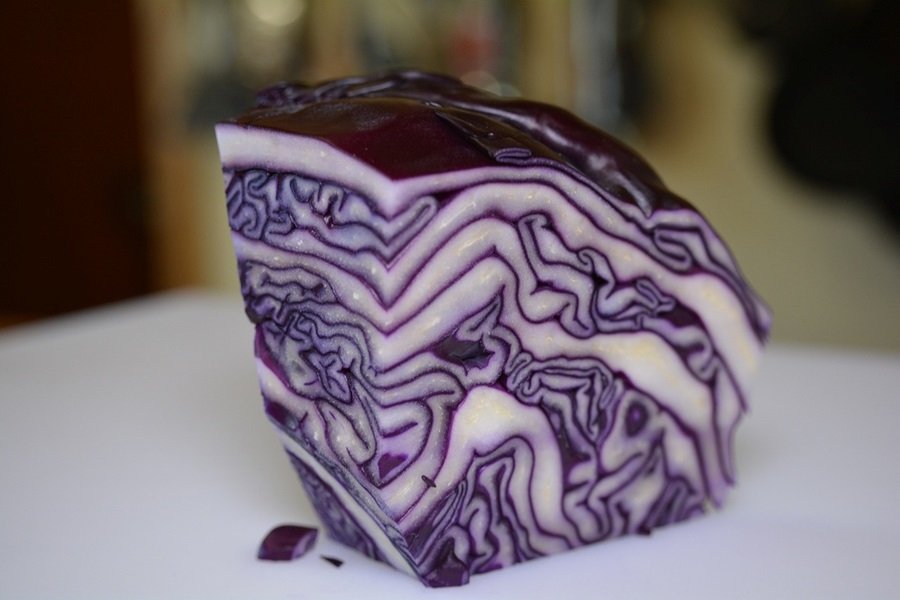
But you will want to follow the recipe specifically if it is a hot dish. Cooked cabbage has a different texture and flavor than cooked radicchio. There is no clear winner; it all depends on preferences and situations.
Helping yourself to a serving of raw radicchio or red cabbage is a good idea, no matter your choice. Thanks to the nutrients, they complement both your side dish and even your Italian dishes.
They play an essential role in our health, whether for brain health or to lower the risk of heart disease.
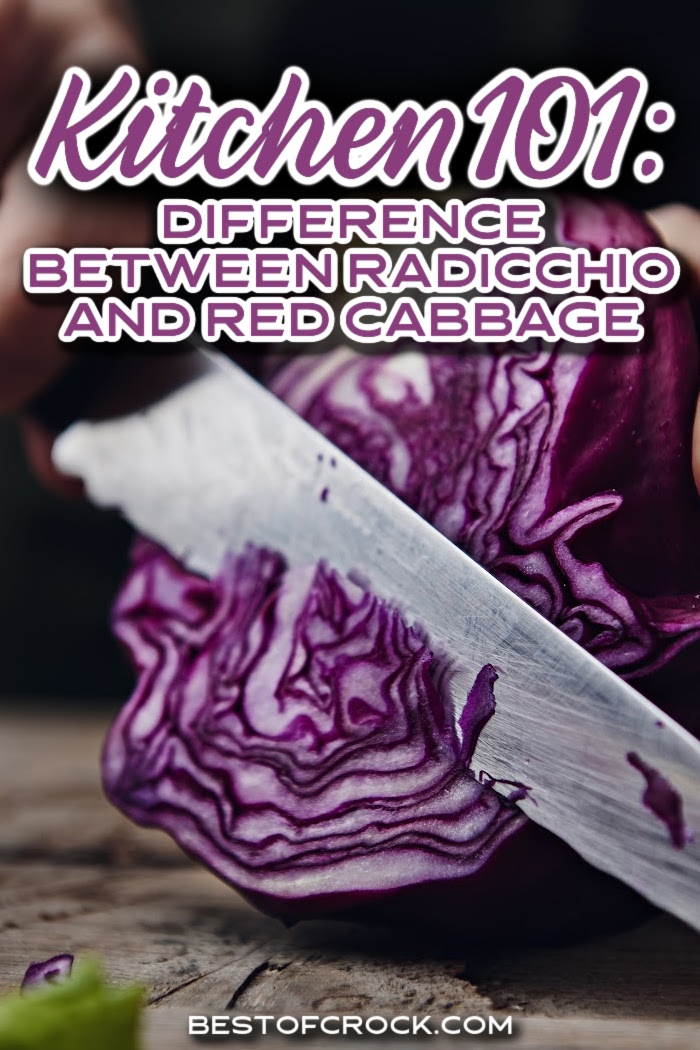
Don’t Forget to Try Some Healthy Recipes
Instant Pot Meatballs And Pasta Recipes | You can’t go wrong with spaghetti and meatballs. Just doesn’t happen.
Instant Pot Recipes With Cauliflower | The Instant Pot can also help make some delicious cauliflower recipes.
Easy Crockpot Breakfast Recipes | Want to start your day off with a healthy meal but don’t have the time?
Crockpot Chicken Bowl Recipes | Sometimes, a single bowl is all you need for a delicious and healthy meal.
Crockpot Hawaiian BBQ Recipes | You can take a trip to Hawaii without having to budget. All you need is a delicious Hawaiian recipe and your imagination.

